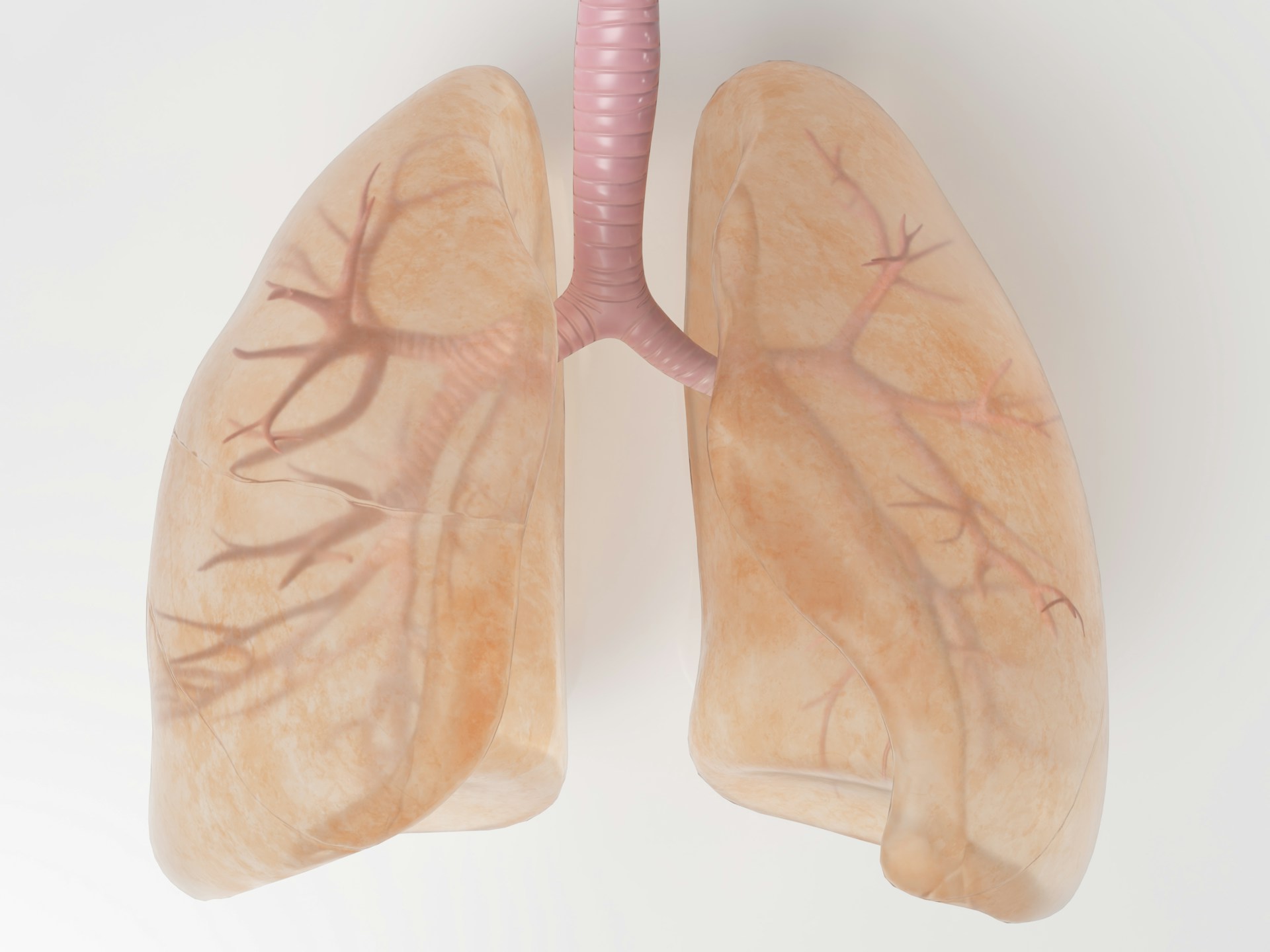Health
Lung Cancer Risk with Elderly Most Vulnerable and Survival Rates Alarmingly Low

Clear Facts
- Lung cancer, predominantly caused by smoking, is the leading cause of cancer deaths in the U.S., primarily affecting those 65 and older.
- There are two main types of lung cancer: non-small cell lung cancer which is the most common, and small cell lung cancer which spreads faster.
- Common symptoms of lung cancer include a persistent cough, coughing up blood, chest pain, and loss of appetite. Treatment options include surgery, radiation therapy, chemotherapy, and immunotherapy.
Lung cancer is the leading cause of cancer fatalities in the United States. The principal risk factor is smoking, with the majority of diagnoses occurring in individuals aged 65 or older, typically around 70.
Different risk factors contribute to the disease, with smoking indisputably being the most significant. Approximately 80% of deaths due to lung cancer are believed to be caused by smoking. The more a person smokes, and the longer they smoke, the higher the risk becomes.
Cancer is caused by uncontrolled cell growth within the body. In lung cancer, this uncontrolled growth originates in the lungs. There are two primary types: non-small cell and small cell lung cancer.
Non-small cell lung cancer constitutes 80%-85% of all cases, making it the most prevalent form of the disease. Different subtypes fall under this category, including adenocarcinoma, squamous cell carcinoma, large cell carcinoma, and large cell neuroendocrine carcinoma.
Small cell lung cancer, on the other hand, accounts for the remaining 10%-15% of cases. This type of lung cancer usually grows and spreads faster than non-small cell lung cancer does.
The five-year survival rate post-diagnosis is a mere 26.6%. Early detection can significantly increase survival rates.
Approximately 234,580 new lung cancer cases were reported, and about 125,070 deaths occurred in 2024.
Lung cancer detection typically relies on various imaging tools, such as chest X-rays, CT scans, MRI, or PET scans. These scans assist doctors in identifying cancer presence, determining the extent of its spread, and assessing the effectiveness of treatment options.
The most common sign of lung cancer is a persistent cough that worsens over time. Other symptoms include coughing up blood, chest pain, hoarseness, loss of appetite, unexplained weight loss, and shortness of breath. Recurring bronchitis and pneumonia may also indicate lung cancer.
Various treatment options are available and are selected based on the type of lung cancer and the severity of the case. These include surgery, radiation therapy, chemotherapy, immunotherapy, clinical trials, and targeted therapy.
The treatment chosen by doctors will heavily depend on the type of lung cancer, whether it’s small cell or non-small cell, and the severity of the case.
Risk factors for lung cancer extend beyond smoking. Secondhand smoke, exposure to radon, and asbestos also enhance the likelihood of developing this deadly disease. Other risk factors include air pollution, previous radiation therapy to the lungs, and a family history of lung cancer.
Let us know what you think, please share your thoughts in the comments below.
